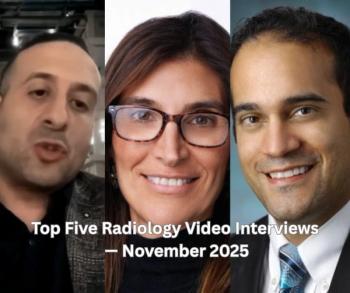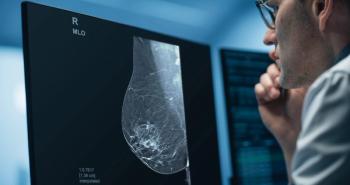
Hologic readies training program for breast tomosynthesis
Before Hologic’s 3D digital mammography system can become a commercial product on the U.S. market, the company must develop a program to train physicians on how to interpret this new kind of mammogram.
Before Hologic’s 3D digital mammography system can become a commercial product on the U.S. market, the company must develop a program to train physicians on how to interpret this new kind of mammogram.
“It is digital mammography, so it’s nothing that new,” said Arthur Friedman, a Hologic senior vice president in charge of regulatory, clinical, and quality issues. “But there are slight differences.”
When interpreting conventional digital mammography, radiologists mentally “triangulate” 2D images, said Dr. Emily Conant, a professor of radiology at the University of Pennsylvania Medical Center in Philadelphia.
“Tomosynthesis allows us to scroll through the breast to see in-plane imaging at various depths,” Conant said. “With this, we can find lesions that potentially we couldn’t see before, or explain away pseudolesions that would otherwise lead to false positives.”
But lesions seen in 3D look different, she said, than those in 2D. That’s where the vendor training program will come in. Hologic has already done two studies looking into how physicians should be trained to interpret these images, Friedman said.
September’s unanimous vote by the FDA’s Radiological Devices Panel in favor of Selenia Dimensions paved the way for the system to be commercialized in the U.S. The training program-and only a few “housekeeping” issues-remain to be resolved, Friedman said. If all goes according to plan, Hologic’s 3D digital mammography system could be on the U.S. market within six months.
Early adopters will have a familiar base to work from. Breast tomosynthesis will complement, not replace, 2D digital mammography. Hologic’s regulatory submission to the FDA is based on data from multicenter clinical trials indicating that cancer is easier to spot when interpreting a combination of 3D and 2D views than when looking at 2D images alone. The combination also promises to reduce recall rates.
Newsletter
Stay at the forefront of radiology with the Diagnostic Imaging newsletter, delivering the latest news, clinical insights, and imaging advancements for today’s radiologists.




























